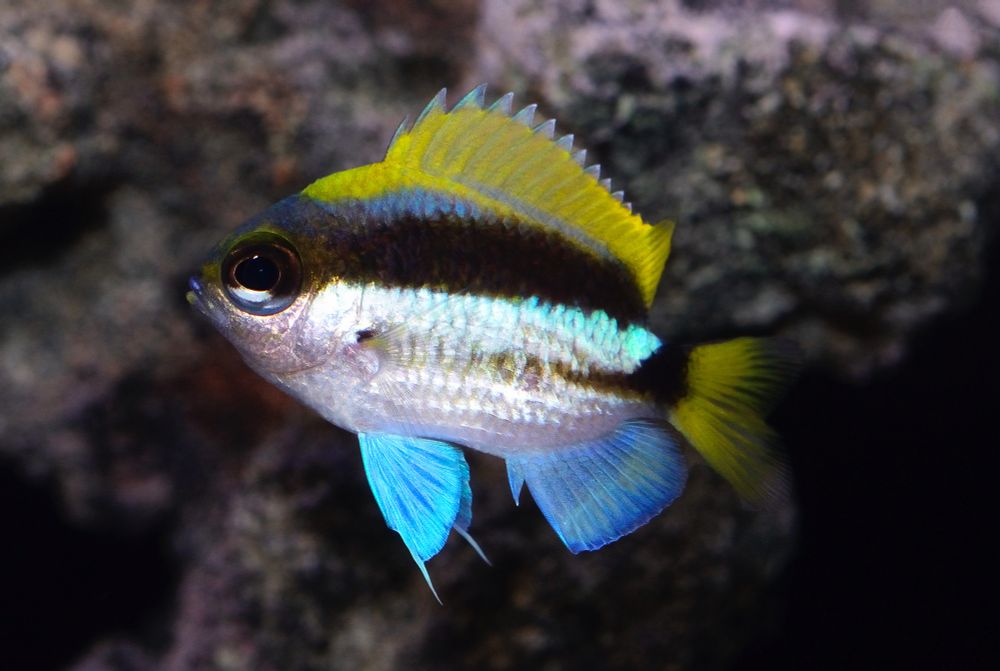
Reposted by: Mark W. Westneat
www.science.org/content/arti...

Reposted by: Mark W. Westneat, Kelly R. Zamudio, John R. Hutchinson
Reposted by: Mark W. Westneat, Vincent Raoult
onlinelibrary.wiley.com/doi/10.1111/...
🧪🌎🦑🦈🐠

Reposted by: Mark W. Westneat, Julie L. Lockwood

Reposted by: Mark W. Westneat

I find it strange, as Chicago doesn't want troops.
I also have experience asking him for assistance – just to have the rug pulled up from underneath me when execution meets reality.
Reposted by: Mark W. Westneat, John R. Hutchinson
We looked at what traits help Aneides salamanders excel at climbing using museum specimens, CT scans, SEM, and more! No claws or toe pads, so how do they do it? In short, with long limbs, big feet and grippy toes! 🦎🧪
DM for PDF
doi.org/10.1098/rspb...




by Nancy Knowlton — Reposted by: Mark W. Westneat


Reposted by: Mark W. Westneat
academic.oup.com/icb/advance-...
sketchfab.com/holliday/col...

🐟🦑🧪🌎

🐟🦑🌿🧪🌎

Reposted by: Mark W. Westneat, Anne Applebaum, Joanna Bryson , and 12 more Mark W. Westneat, Anne Applebaum, Joanna Bryson, Steve Peers, Iain Davidson, Michael A. Clemens, Joseph Schafer, Robert C. Richards, Adrian Daub, Lisa Diedrich, Henry Jones, Sean P. Corcoran, Pádua Fernandes, Aviel Roshwald, Dan Immergluck
Reposted by: Mark W. Westneat






Reposted by: Mark W. Westneat, Anthony Ricciardi
www.mapress.com/zt/article/v...

Reposted by: Mark W. Westneat, Luiz A. Rocha




Reposted by: Mark W. Westneat, Andrew Taylor

Reposted by: Mark W. Westneat
go.bsky.app/HvHFgvB
Apologies for any that I may have been missed.